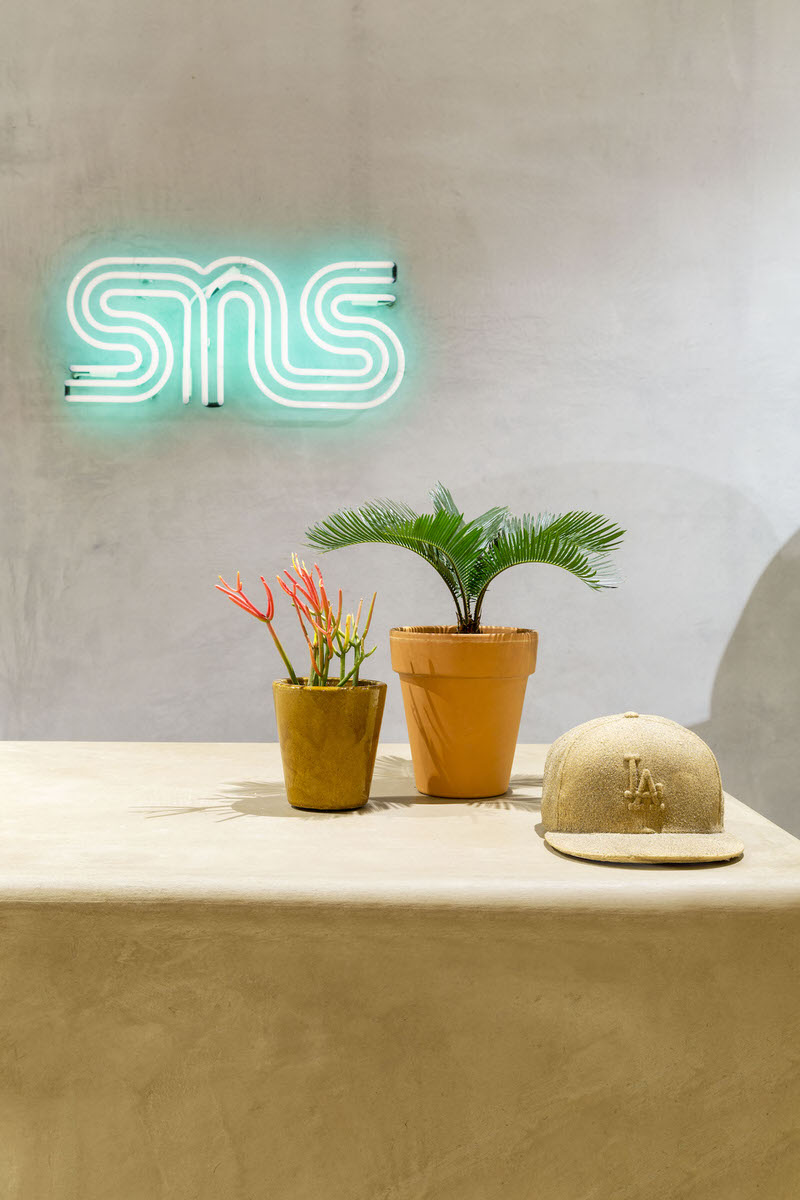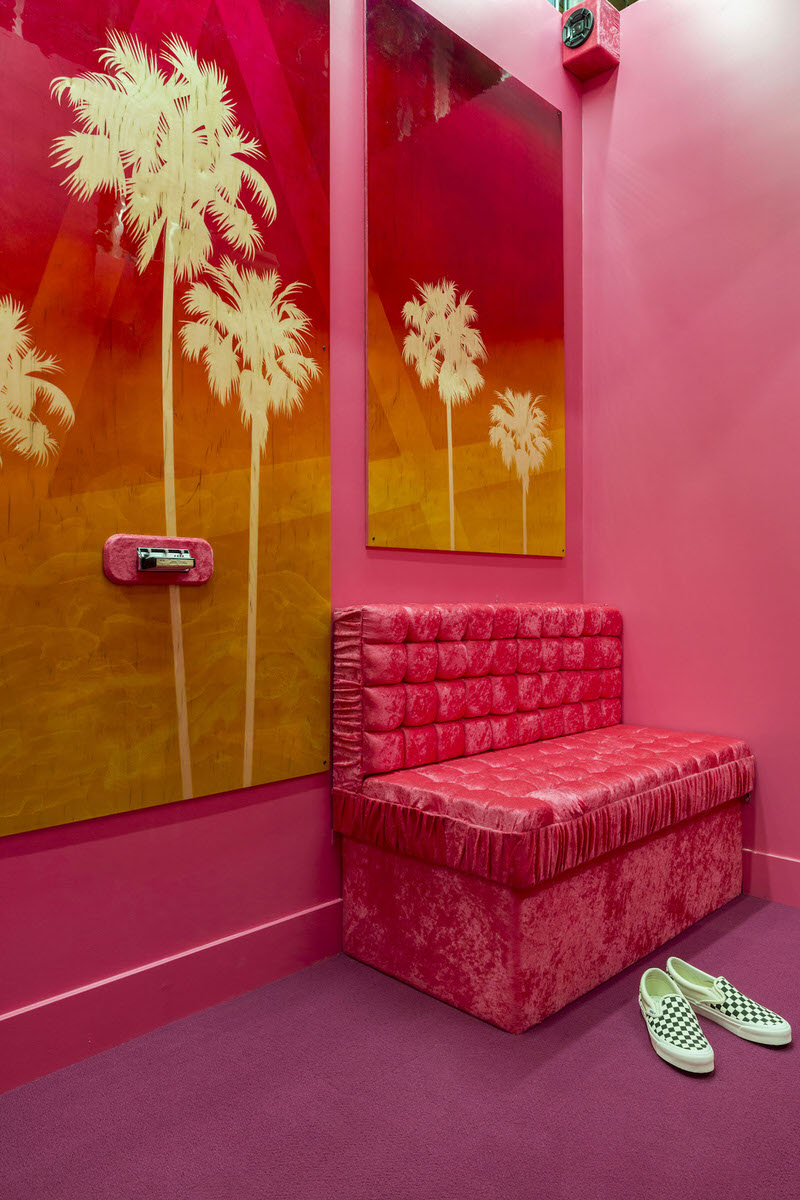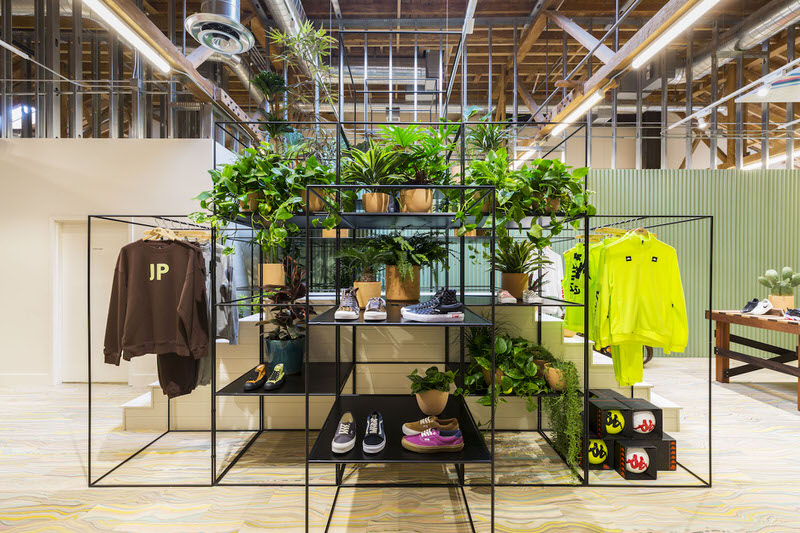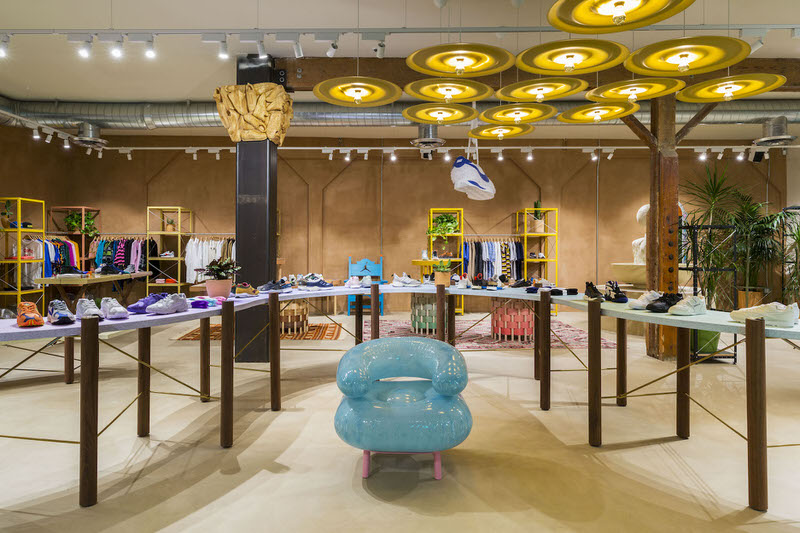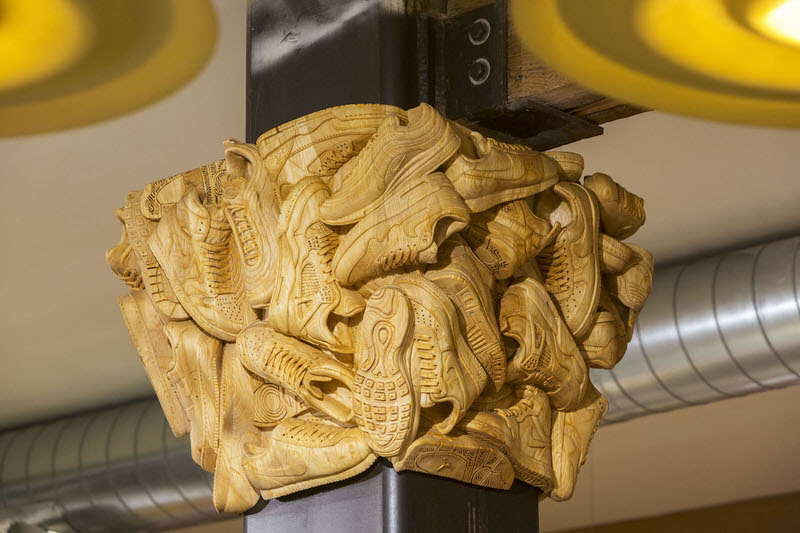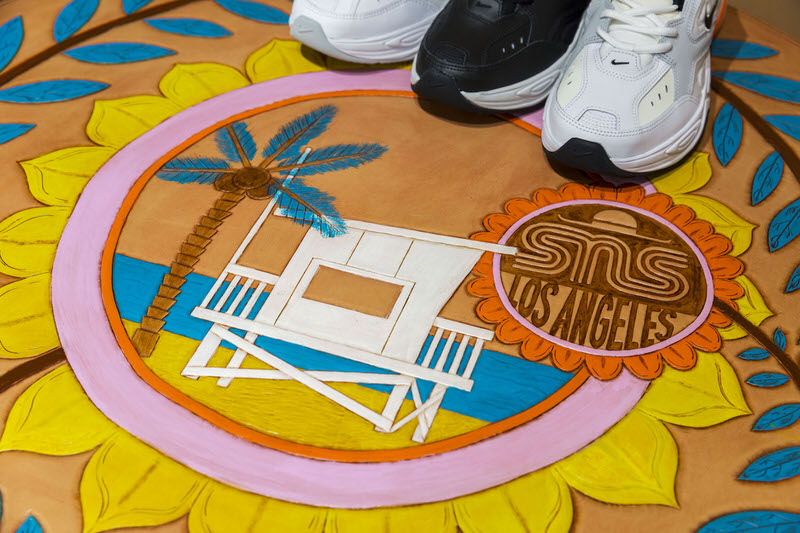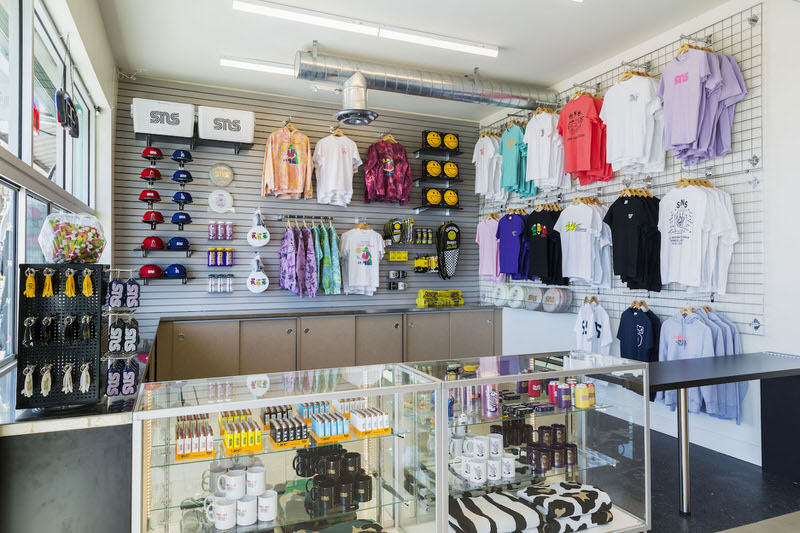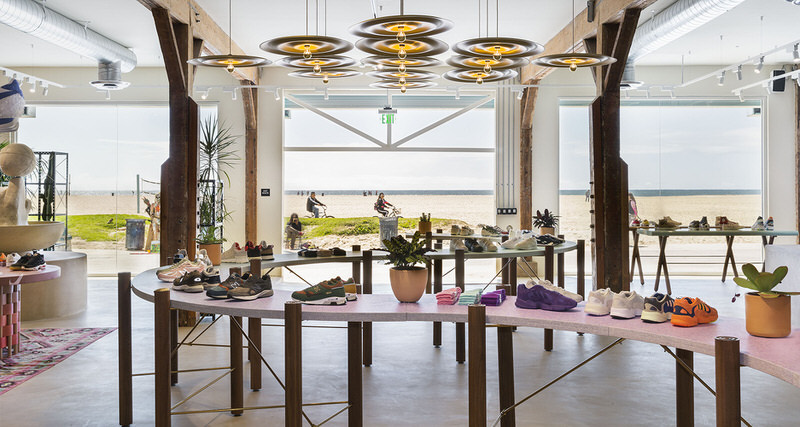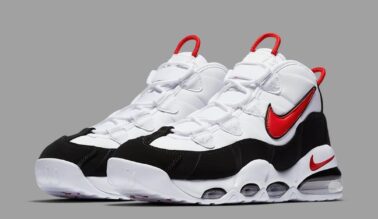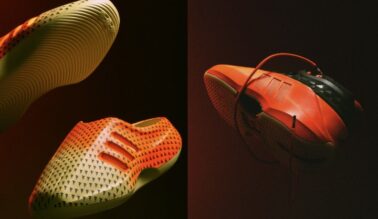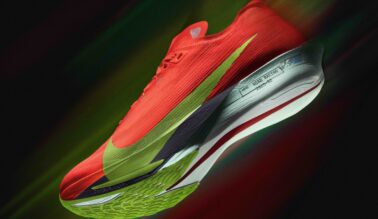This post may contain affiliate links. Please read our disclosure policy.
It wasn’t until the early 2000’s that many came to the firm conclusion that hip hop wasn’t just a young man’s game. Prior to those actualized truths fortified over time, it was largely assumed artists would enter into their professional as an adolescent, thrive in the beckoning vibrancy of youth, then reach their creative and commercial peak just shy of middle age. The artist lifespan was buttoned tight with a small margin for error. Which meant ones use of time required very considered calculation.
We had wrongfully labeled hip hop a youthful sport before even allowing those men (and women) to grow into the wisdom birthed by maturation. Sneaker culture — eerily akin to hip hop — is, too, painfully young and often stigmatized in a similar fashion. Yet, even without centuries of history to reference, there are broad-shouldered leaders validated by decades of success. Most are nestled somewhere in the median; certainly not old but far too wise to be considered inexperienced.
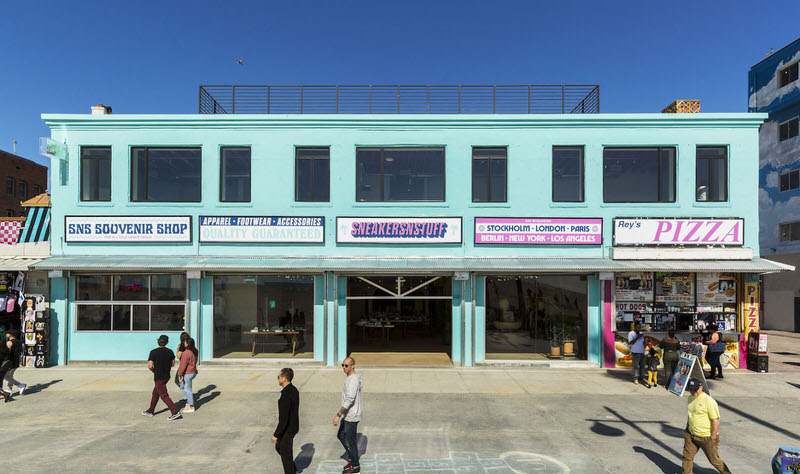
Sneakersnstuff founders Erik Fagerlind and Peter Jansson fully embody youthful brilliance that lived long enough for middle-aged grace to effortlessly sustain. The Swedish founders are best measured in years, split equally by the two decades that separate the opening of their very first store in Stockholm, in 1999, to this week’s beachfront opening in Los Angeles, California.
“Our very first shop was opened in Stockholm, March 26, 1999,” Jansson joyfully reflects. “We had started going to New York and buying [sneakers] that weren’t super hyped. Stuff that was quite cheap in the US but not available in Europe. Two-toned Dunks, Jewel Swoosh Air Forces, and all kinds of weird stuff. We brought them home and sold them for the recommended retail price. At the time, for us, buying sneakers for $40 in the US and selling them at home for $100 was a big deal.”
Much of what Jansson expressed takes place in sneakers today. The only difference is Fagerlind and Jansson perfected it 20 years ago to jumpstart their thriving business. They weren’t just buying and subsequently selling sneakers like many others in modern-day — both from behind a register and as individuals. Sneakersnstuff was carving out culture in Europe, one that had already existed in certain regions of the US and only down the backstreets in tiny circles across Scandinavia. Simply flipping sneakers were the least of their successes. Erik and Peter were creating a space for like-minded people to exist. But even this was just a microcosm of youthful bliss that only later unfolded into something greater.
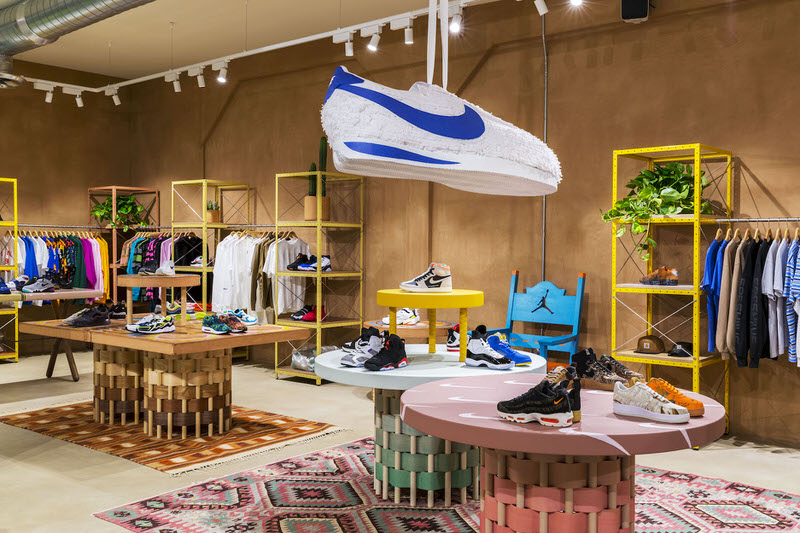
“There are three legs to SNS history,” says Fagerlind, who appears visibly appreciative to have reached phase three. “The first part of it was all fun and games; just two kids pushing shoes. There was literally nothing business about it. We didn’t have to consider [business] because it was all going well. But things flattened out after about five years. Reality catches up, cost catches up, and all of a sudden you can’t pay rent. So, it’s like, “let’s have a sale!”. Then you make rent and move on. Two months later, you need another sale to make rent again. That was big for us in terms of learning the business and planning things out. We truly should have gone bankrupt around 2004-05. That was the second phase. Now in the third phase, there is a proper vision. But what’s been consistent is that you don’t make 20-year visions. You make three to five-year visions. It’s a bit of a running plan.”
A part of that running plan is ensuring that SNS isn’t just a sneaker shop but a destination. Over the years, Fagerlind and Jasson have found unique success as cunning real estate gurus. They’ve sought out and procured structures that serve as sneaker retailers but also as event spaces, bars, and at one point they even owned a record store. The Venice Beach shop sits below a set of apartments that SNS has also purchased, which will serve as office space, a potential VIP area for events and, too, anything the duo so decides. It’s this type of forecasting and ideology that’s given SNS both its name and leadership capacity. It was a large risk to open a sneaker shop given the unpredictability of the Venice boardwalk. Fagerlind saw the challenge as an opportunity to carve out a niche.
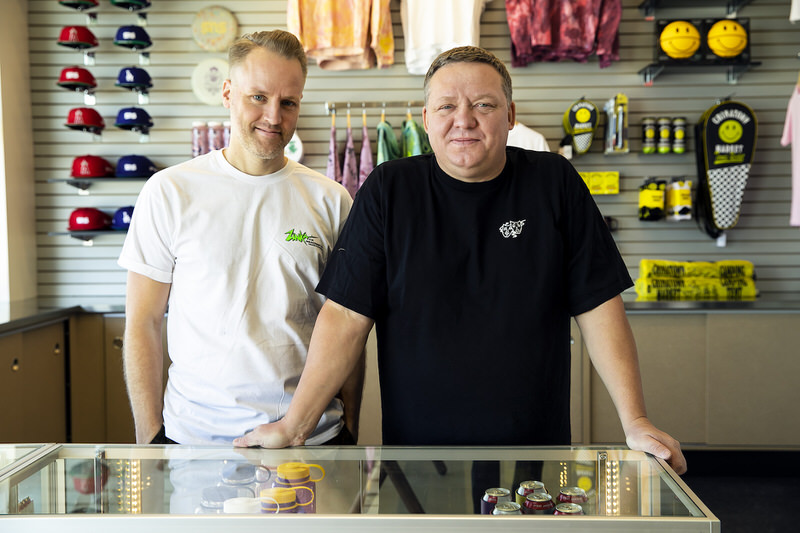
“If you move into a neighborhood you want to be a good neighbor. I’m not speaking as a retailer but as a person. If you want to be part of Venice, it comes with everything. You can’t avoid it; you have to embrace it. That’s one of the reason’s we’ve partnered with My Friend’s Place, to make sure we’re giving back to the community where we operate.”
With two stunning floor-to-ceiling windows split by a giant pull-down metal gate encapsulating 3,500 square feet of sneaker supremacy, SNS, although glamorous, does its best to aesthetically blend into the chaos of the Venice Beach boardwalk. In a part of town where campers aren’t at all sneakerheads, simply displaced humans in search of a safe place to lay their head near the comforting ocean breeze, SNS landed here in lieu of downtown LA, Abbot Kinney, or West Hollywood because of its historic ethos to Los Angeles and their shared adoration for the other Venice, in Italy.
“We try to look at SNS, more or less, like a person that moves from city to city,” explains Fagerlind. “If you do that, you’re going to take your favorite belongings with you wherever you go. But we also learned the history of Venice itself. It was once a separate city not part of LA. We learned about the canals, the origins of the oil industry here, and all the Mexican heritage. This entire region was Mexico at one point. So there are (design) easter eggs throughout the store. We want people to come in the store for the 20th time and find something in the shop design that they’ve never seen before.”
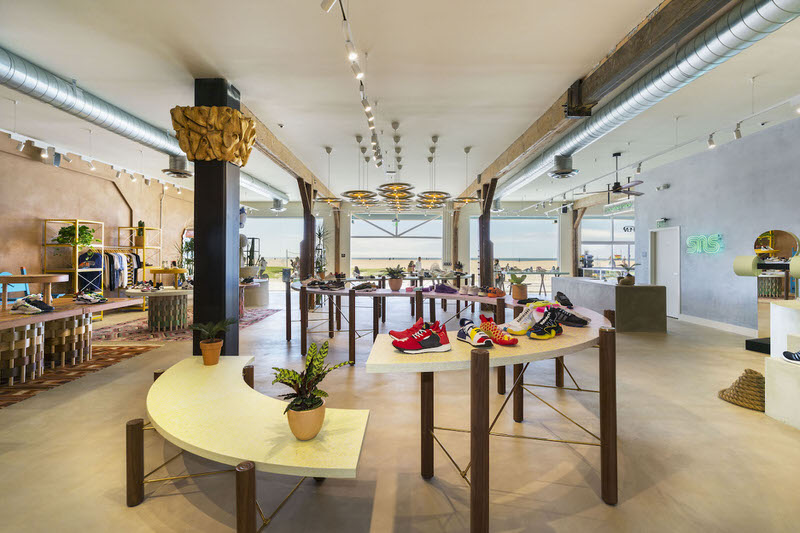
“You can look around for 30 minutes and still see details that you missed,” Jasson adds. “It’s a part of a concept and vision with interior architect designer Jenny Askenfors.”
Locally connected and globally relevant, SNS has taken significant strides ahead by seamlessly understanding its consumers. By region, they inherently and intimately comprehend the experiences sneakerheads want, the trends they buy into, and the purchases they make more often than others. As with any business, a deep knowledge of human behavior has served them well.
“Sneakerheads, or the sneaker-obsessed person, is pretty much the same everywhere,” Fagerlind pinpoints. “Everyone wanted Yeezy’s. Everyone wanted Sean Wotherspoon’s. That type of product is global. But then there’s the localization. You’re going to sell a lot more Vans in California than you do in New York. You’re going to sell a lot more adidas in Germany than anywhere else. That’s the beauty — understanding the product that you have to sell and then how you create experiences around them. That’s the measure.”
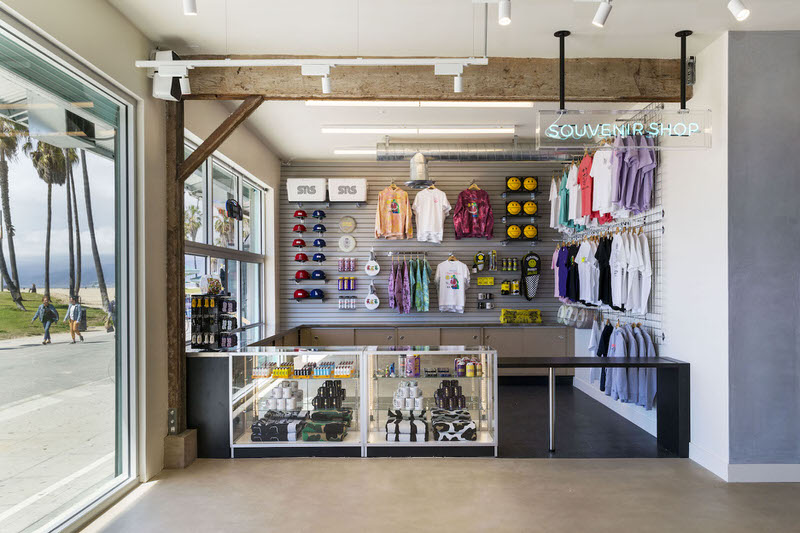
With shops in Stockholm, London, Paris, Berlin, New York and now Los Angeles, Fagerlind and Jasson will soon set their sights on Asia, a market quickly protruding into the lion share of the billion-dollar sneaker industry. In the next few years, the company may find themselves exploring adventures on yet another continent (or two).
“If you ask me if we were thinking about this moment 20 years ago, ” Jansson pauses briefly to chuckle and continues, “I wasn’t even thinking about next year, 20 years ago.”
The company, numbering almost 200 some-old global employees once Venice is fully staffed, is projecting $100 million in revenue in 2019. Ambition fueled by vision will only take Fagerlind and Jasson further in sneakers and in business. Their collective 40 years of experience easily appoint them among the most senior leaders in sneaker culture. A position they don’t take lightly and one they celebrate tomorrow on the company’s 20th birthday with the Venice shop opening.
“Locally connected and globally relevant,” the company mantra, Fagerlind reinforces. “We want to take over the world. We want to be globally recognized and speak to the world. But first, speak to the neighborhoods. Speak to the streets. That’s where you make your name.”
